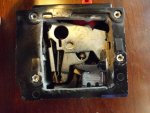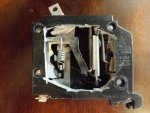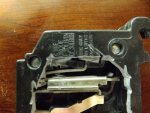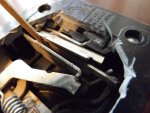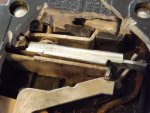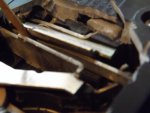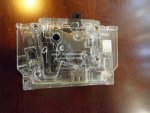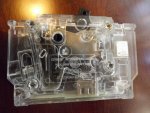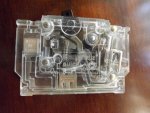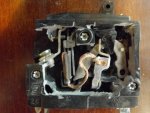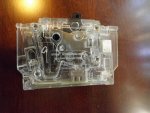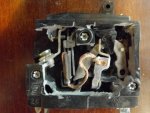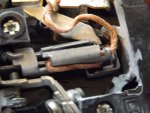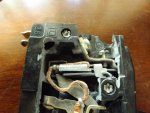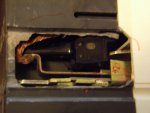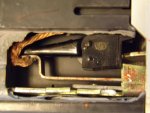One of the greatest misconceptions are that overloaded circuits lead to fire. In order to reach dangerous temperatures in home wiring the breaker must have failed and the person has to deliberately be trying to burn down a home. The only real risk from overloading is that the probability of a glowing connection showing up faster at a poor splice or termination, but that can happen even at a few amps, and will take the form of heating rather than an arc. But in any case it doesn't stop funded propaganda from spreading disinformation. Notice the iron toward the end setting the board ablaze. Is that really an arc?
https://www.youtube.com/watch?v=jLN4apTCld0
One thing that also must be considered is the ability to dissipate any heating. If there isn't enough area around the conductor to dissipate heat, the heat will build up and keep on building up. Heat just magically doesn't go away. If it isn't allowed to be ventilated or conducted away the temperature will keep on rising. And that is the wildcard.

